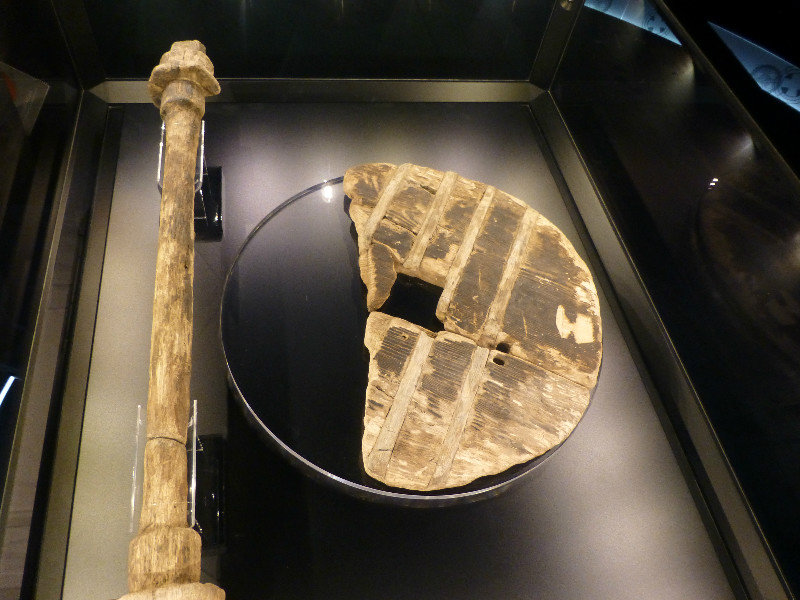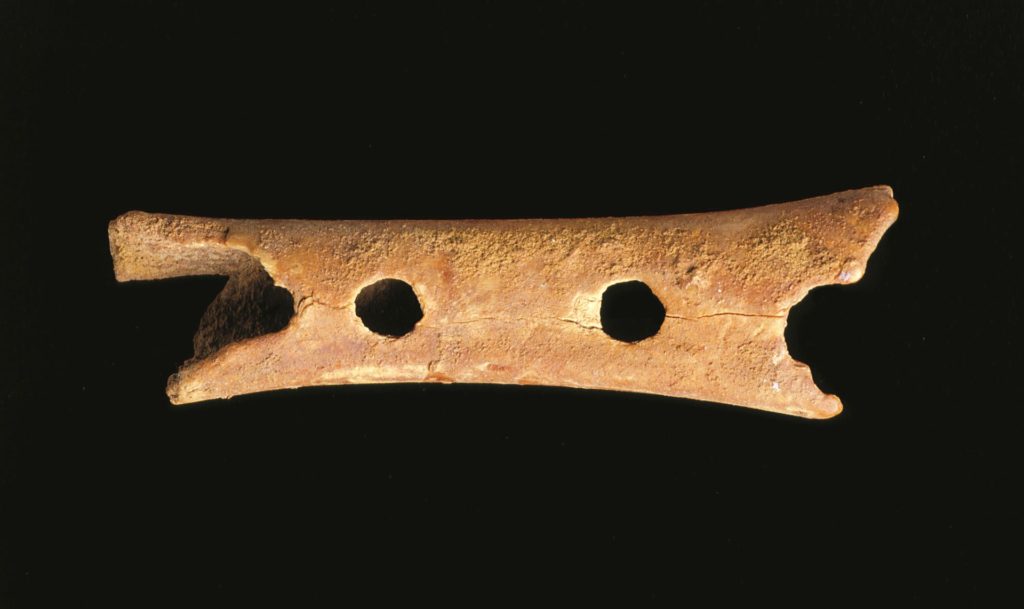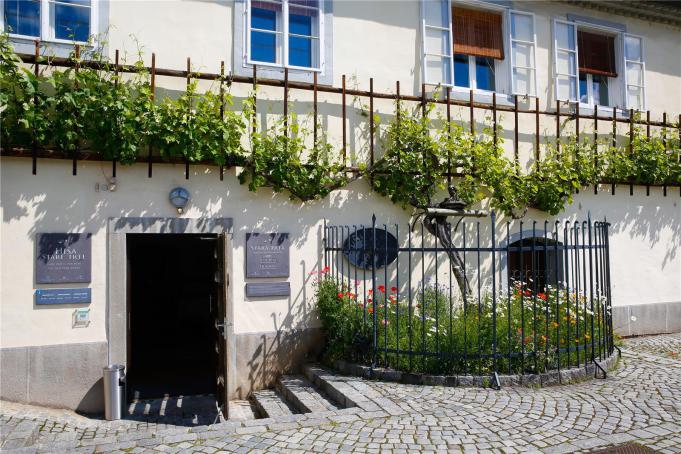Do you know where the oldest wheel and the oldest musical instrument were found? And where does the oldest vine in the world grow? The answer is, in Slovenia!
The oldest wheel in the world
Who and where was the wheel invented? The are several theories in answer to this question. One is that the wheel was invented in Mesopotamia, another that it was in Central Europe and a third theory points to the Caucasus. In fact, the oldest wagon wheel yet discovered was found in 2002 during archaeological excavations of the pile dwellings in the Ljubljana Marches. Radiocarbon dating showed that it is approximately 5.150 years old. Remains of pile dwellings were discovered in the Ljubljana Marches as early as in 1875. Since 2011 the site has been protected as a UNESCO World Heritage Site as an example of prehistoric pile dwellings around the Alps. The earliest inhabitants settled in this region as early as 9.000 years ago.

In the Mesolithic period they build temporary residences on isolated rocks in the marsh and on a fringe, living by hunting and gathering. The permanent settlements were not build until the first farmers appeared approximately 6000 years ago during Neolithic period. The wooden wheel belonged to a prehistoric two-wheel cart – a pus cart. It has a diameter of 72 cm and is made of ash wood, and its 124 cm long axle is made of oak. The axle was attached to the wheels with oak wood wedges, so the axle rotated together with the wheels. The wheel can be seen in the City Museum Ljubljana.
The oldest instrument in the world
The area of Slovenia has been settled since prehistoric times. The oldest known archeological site in Slovenia is the Divje Babe cave which is now an Archeological Park.
The cave is considered to be one of the most significant sites in the world where archeologists have found numerus artefacts. Bones of more that 60 different animal species, tools made of stone and bone and remains of the fire pits used by Ice Age people. During the excavation, archeologists found a cave bear femur approximately 60.000 years old. Because it has the characteristic of a flute, they named it a Neanderthal flute.

The flute has been subject of many studies and experiments. In 2015 musicologist Bob Fink explained in his essay that the flute has four finger holes with four different pitches. These pitches match four notes of the traditional scale we use in music today, the diatonic scale. Academic musician Ljuben Dimkaroski participated in experiments where a flute replica was tested. The results showed that the instrument encompassed a range of two and a half octaves, which can be extended to three octaves by overblowing.
In this video, musician Ljuben Dimkaroski plays Albinoni’s Adagio in G minor on a clay replica of the flute made by the Slovenian National Museum.
The Neanderthal flute can be seen in the Slovenian National Museum in Ljubljana..
The oldest vine in the world
In the old part of the city of Maribor, on Lent, grows the oldest noble vine in the world that still bears grapes. The confirmed age of this “Žametovka” or Žmodra kavčina” vine is over 400 years and it has its place in the Guiness Book of Records.
The vine grows in front of the Old Vine House, which was once a part of the defensive city wall. The vine was planted towards the end of the Middles Ages, when Maribor was facing Ottoman invasion. Luckily it survived furious fighting between the invaders and defenders of the city. It also survived the bombardment of the Allied forces during the Second World War.

The vine is the only plant in the world with its own museum in the Old Vine House. The scions of the Old Vine grow on almost all continents and in several places in Slovenia.
The old vine bears grapes of the “Žametovka” or the Modra kavčina” sort, which was one of the first domesticated noble vine sorts in Slovenia. The yearly harvest of around 35 to 55 kg grapes is made into wine and poured in 2,5 dl bottles designed by a famous artist Oskar Kogoj. The bottles are a valuable protocol gift – only a hundred are filled every year.